0
Need help?
Customer satisfaction is our priority. Whether you have questions about our sustainable containment solutions, need help with an order, or require assistance finding the right product for your needs, we’re here to help.
Customer satisfaction is our priority. Whether you have questions about our sustainable containment solutions, need help with an order, or require assistance finding the right product for your needs, we’re here to help.
Transformers, whether pole-mounted or pad-mounted, contain oil that can leak or spill during maintenance, accidents, or equipment failure. Without proper measures in place, transformer oil spills can contaminate soil, groundwater, and surrounding ecosystems.
This comprehensive guide explores transformer spill containment options and best practices, helping utilities, contractors, and facility managers choose the right solutions for long-term reliability. From selecting transformer spill control bags to deploying oil spill kits and ensuring compliance with DOT and PCB regulations, this guide provides the knowledge you need to protect both your operations and the environment.
Spills from electrical transformers are more than an operational inconvenience—they are a potential hazard to public safety and the environment. Transformer oil can contain harmful compounds, and without the right spill containment solutions for transformers, utilities can face:
By using purpose-built transformer maintenance containment bags and spill control systems, companies can significantly reduce these risks. Containment solutions are designed to capture leaks immediately, giving crews time to repair or replace faulty equipment without exposing surrounding areas to contamination.
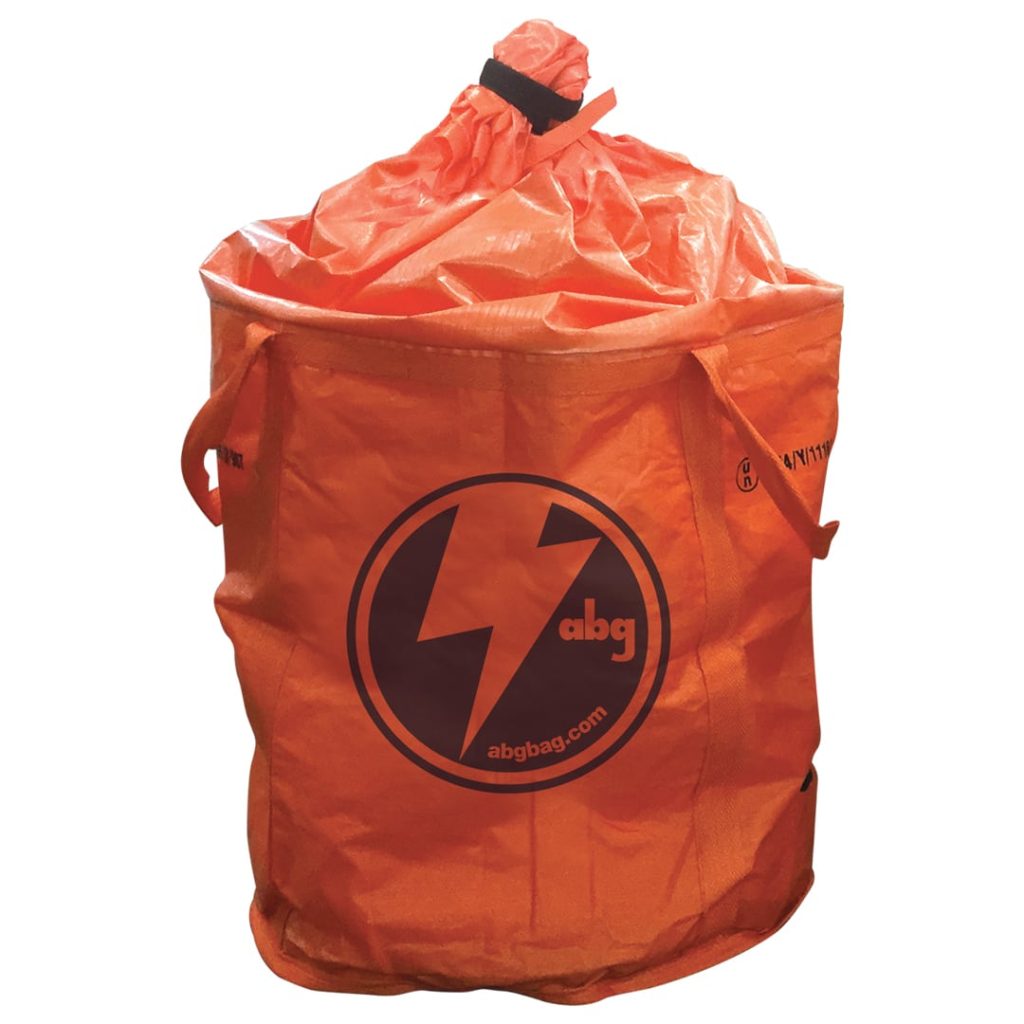
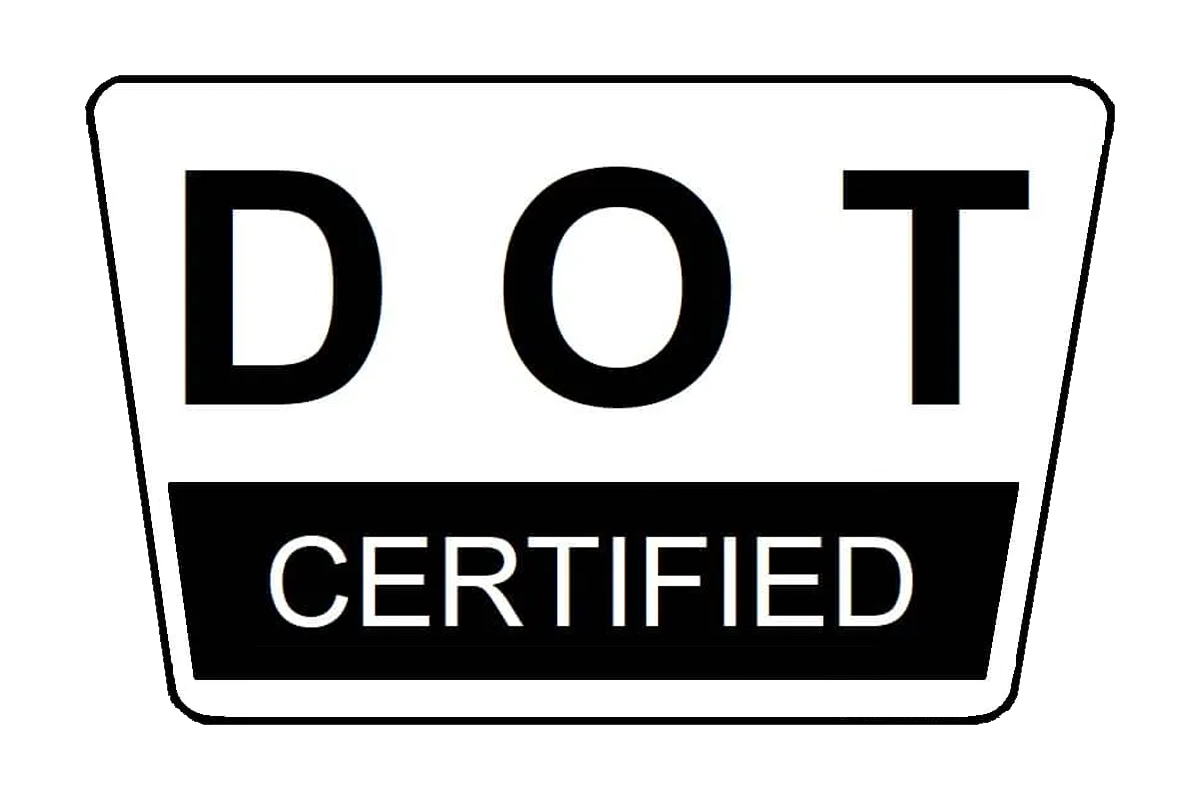
Transformers are a vital part of the electrical grid, but they also present environmental risks when leaks occur. Containing those leaks quickly is essential, and that’s where transformer spill control bags come in. These are specialized containment products designed either to wrap around the transformer or sit directly beneath it, capturing any oil that may drip or spill during routine operation, transport, or maintenance activities.
Unlike general spill pads or makeshift barriers, transformer spill control bags are engineered specifically for utility applications.
They are made of durable, weather-resistant fabrics that can withstand sun, rain, wind, and other outdoor elements common at utility sites. This ensures they perform reliably in the environments where transformers are most often found.
They are particularly important for pole-mounted transformers, which are harder to monitor and access. Because these units are often positioned above soil, sidewalks, roadways, or landscaped areas, even a small leak can quickly spread. Without a containment system in place, transformer oil can seep into the ground or run off into nearby storm drains, creating a costly cleanup effort and potential regulatory fines.
By installing utility transformer containment bags, utilities create a first line of defense that captures oil immediately and prevents it from spreading beyond the transformer site. Even small, slow leaks are contained, allowing crews to schedule repairs without worrying about immediate contamination.
The advantages of using transformer maintenance containment bags go beyond just compliance. They support safer operations, lower long-term costs, and provide peace of mind for both utility companies and regulators. Some of the most important benefits include:
Containment bags can be installed directly under or around transformers, offering instant protection against leaks. Instead of relying on crews to notice a drip and respond, the bag is always in place, ready to catch oil as soon as it appears. This proactive measure minimizes downtime and ensures continuity of service.
Time is critical during utility work. Transformer spill bags are designed for quick setup and straightforward installation, meaning crews spend less time in the field while still maintaining high levels of safety and compliance. A containment bag can often be installed in just a few minutes, making it practical for routine maintenance schedules or emergency deployment.
Emergency spill cleanups can be extremely expensive. Beyond direct cleanup costs, utilities may face regulatory fines, insurance claims, and long-term environmental remediation expenses. In contrast, the cost of a properly fitted transformer spill control bag is relatively low. By preventing spills before they reach the ground, utilities save thousands of dollars and avoid liability.
Not all transformers are the same, and neither are the environments they’re installed in. Containment bags are available in multiple sizes and configurations, making them suitable for a wide range of applications. Whether for small pole-mounted units or larger pad-mounted transformers, there’s a containment option designed to fit. Many manufacturers also offer custom sizing to ensure an exact fit.
For companies managing overhead distribution systems, pole-mounted transformer oil spill bags are an essential tool. These bags are uniquely designed to be secured beneath pole-mounted units, catching oil before it can drip down the pole and onto the ground below.
The benefits of these systems are twofold:
Imagine a busy residential neighborhood with dozens of pole-mounted transformers. Without containment, a single oil leak could contaminate a front yard or trickle into a storm drain. With spill bags in place, the oil is securely captured, and crews can resolve the issue without incident.
Pole-mounted bags are also designed for long-term use. Their materials resist UV rays and extreme weather, ensuring they remain reliable even when installed for months or years at a time.
Selecting the correct transformer spill control bag is not a one-size-fits-all process. Several factors must be considered to ensure the containment solution is both effective and practical.
Every transformer holds a different volume of oil depending on its type, age, and manufacturer. Containment bags must be sized appropriately to capture the maximum potential spill. Choosing a bag that’s too small may leave you vulnerable, while an oversized bag may be unnecessarily difficult to install.
Transformers are exposed to varying climates—hot sun, heavy rain, snow, and freezing conditions. The material of the spill bag must be able to withstand these challenges. UV-resistant fabrics are crucial in sunny regions, while waterproof and freeze-tolerant materials are better for cold or wet environments.
Containment solutions should not interfere with regular maintenance. When evaluating options, utilities should consider how easily crews can access valves, bolts, or service panels with the bag installed. The best designs strike a balance between accessibility and protection.
Different states and municipalities may have unique requirements for oil containment. Some may specify certain containment volumes, while others may require particular materials or installation practices. Ensuring that your chosen bag meets or exceeds these standards helps avoid penalties and ensures smooth inspections.
When the right containment bag is matched to the specific transformer and environment, utilities can achieve both effective protection and efficient operation. Crews work faster, spills are contained instantly, and regulators can clearly see that proactive measures are in place.
Many utilities adopt a layered approach: using transformer spill control bags for everyday containment and pairing them with spill kits or backup pads for emergencies. This strategy ensures no gap in coverage, whether the issue is a small drip or a sudden leak.
Ultimately, the decision to invest in transformer containment is about more than just compliance—it’s about safeguarding the community, the environment, and the infrastructure that keeps the power grid running. By choosing the right bag size, material, and installation method, utilities can prevent costly damage and maintain reliable service.
Electrical transformers play a vital role in delivering power across cities, towns, and rural areas. But because they contain oil for insulation and cooling, they also present a potential environmental hazard if a leak or spill occurs. To manage these risks effectively, utilities rely on transformer oil spill kits.
A transformer oil spill kit is a portable, pre-assembled package designed to give crews immediate access to everything they need in the event of a leak. These kits typically include a combination of absorbent pads, booms, protective gloves, disposal bags, and other essential response tools. Lightweight and easy to transport, they are stored in service vehicles, substations, and maintenance depots so workers can respond the moment a problem arises.
When used in combination with transformer maintenance containment bags, spill kits provide both proactive and reactive protection. Containment bags capture oil before it reaches the environment, while spill kits ensure any excess or unexpected release is managed quickly and safely. Together, they form a comprehensive system that utilities can depend on.
Utility companies operate under close oversight from federal, state, and local environmental agencies. Regulations are in place to ensure that even small leaks do not contaminate soil, groundwater, or stormwater systems. Noncompliance can result in heavy fines, legal action, and damage to public trust. Having a transformer oil spill kit readily available demonstrates preparedness and responsibility. It is not enough to simply have spill containment equipment installed—crews must also be ready to act in emergencies.
Imagine a transformer in a residential neighborhood develops a sudden leak after a storm. Without a spill kit, crews may be forced to wait for specialized equipment, during which time oil could seep into lawns, sidewalks, or drainage systems. With a kit on hand, they can act immediately—deploying absorbents, containing the oil, and safely disposing of contaminated materials.
Not all spill kits are created equal. A reliable transformer oil spill kit should include the tools necessary to handle a variety of scenarios, from small drips to larger leaks. Below are the most common and essential components:
These are long, tubular absorbents placed around the spill to prevent it from spreading. Booms are particularly useful when working near storm drains or waterways, creating a protective barrier that keeps oil contained.
Pads are the workhorses of any spill kit. They can be laid directly on spilled oil to soak it up quickly, used for wiping down equipment, or placed under leaking components during repair work.
Worker safety must always come first. Gloves, goggles, and protective suits may be included to protect utility staff from direct contact with transformer oil, which can be harmful to skin and eyes.
Once oil is absorbed, the contaminated pads and booms must be disposed of properly. Spill kits include durable disposal bags, often labeled for hazardous waste, so crews can comply with waste management regulations.
Clear instructions are a vital part of every kit. They ensure that even less experienced workers can follow proper procedures in the heat of the moment. Documentation also helps utilities demonstrate compliance during inspections by showing how spill response is standardized across the organization.
Depending on the kit’s size and purpose, additional items may include drain covers, sealants, or portable secondary containment units for larger spills.
While spill kits are critical for emergency response, they are not intended to replace long-term containment measures. Environmental compliance transformer bags are designed to capture leaks continuously, acting as a permanent safeguard for pole-mounted and pad-mounted units.
Spill kits complement these containment systems by serving as a backup when bags are compromised, overfilled, or not yet deployed. Together, they provide a layered approach:
This two-layer system is especially valuable during regulatory inspections. Inspectors want to see not only preventative measures but also readiness for emergencies. Utilities that combine containment bags with spill kits can confidently demonstrate that they are prepared for both everyday leaks and unexpected events.
Having a kit is only the first step. To maximize effectiveness, utilities should follow several best practices:
Kits should be stored wherever transformers are maintained or repaired—on service trucks, in substations, and at field depots. Quick access can mean the difference between a minor incident and a major spill.
Even the best kit is useless if crews don’t know how to use it. Regular training sessions ensure that workers can deploy absorbents, PPE, and disposal bags quickly and correctly.
After each use, spill kits should be restocked immediately. Even when unused, kits should be checked periodically to confirm that absorbents remain dry and PPE is intact.
Kits should never be viewed as a standalone solution. They work best when paired with transformer maintenance containment bags, ensuring comprehensive protection.
Recordkeeping is essential. Each time a spill kit is used, crews should document the incident, the materials used, and the cleanup results. This information supports compliance reporting and continuous improvement.
Regulatory agencies such as the Environmental Protection Agency (EPA) require utilities to have spill prevention and response plans. These regulations are not only about avoiding contamination but also about proving preparedness.
By keeping transformer oil spill kits on hand, utilities can show regulators that they take compliance seriously. In fact, during audits or inspections, the presence of fully stocked kits often serves as visible evidence that the company is prepared to protect the environment.
Moreover, communities expect responsible practices from their utility providers. Demonstrating environmental stewardship through proper spill containment and cleanup measures helps utilities maintain public trust and strengthen their reputation.
Spills are an unfortunate reality in utility operations, but they don’t have to result in environmental harm or regulatory penalties. With the right combination of transformer oil spill kits and environmental compliance transformer bags, utilities can handle both everyday risks and unexpected emergencies.
A well-designed spill kit ensures that when the unexpected happens, crews have the tools they need to act quickly, safely, and effectively. When paired with long-term containment systems, these kits form a complete protection strategy that satisfies regulators, safeguards the environment, and supports reliable utility service.
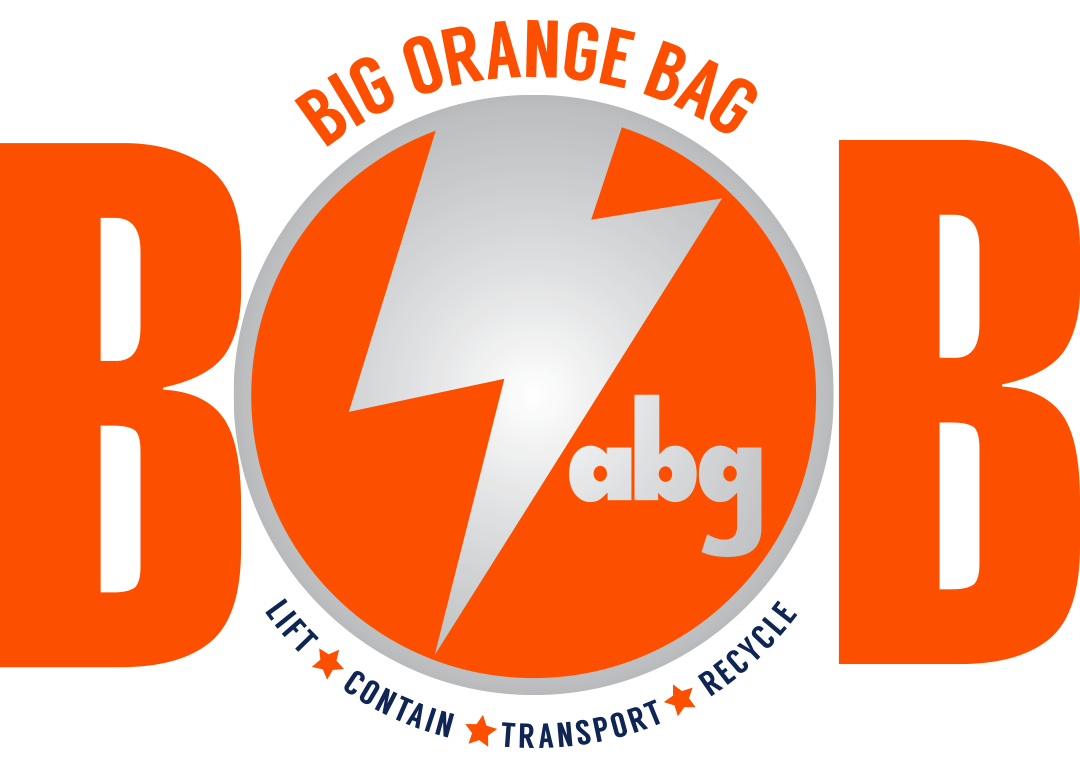
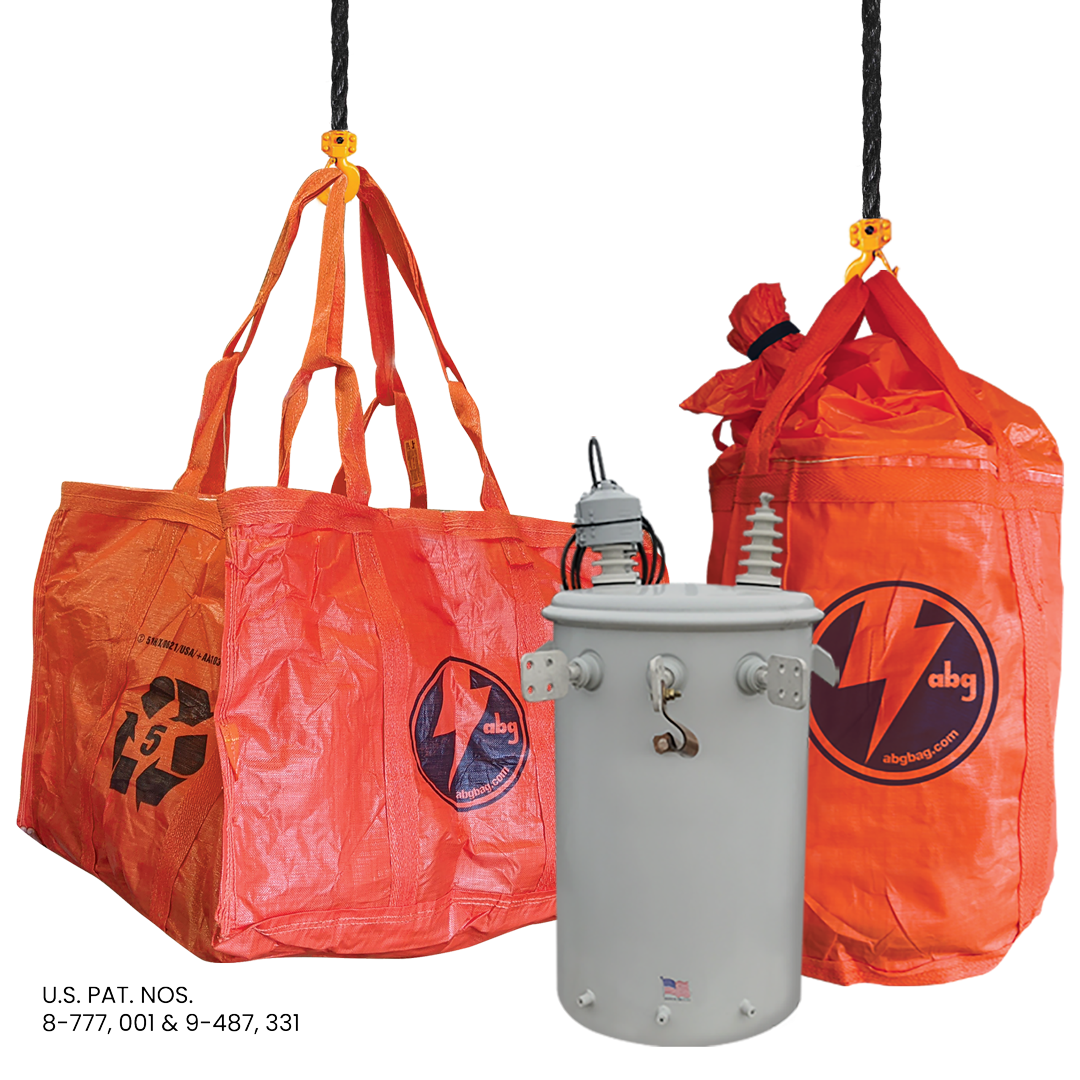
Managing transformer spills is not limited to day-to-day operation or maintenance. Utilities must also account for situations where transformers need to be transported or when older, legacy equipment containing hazardous materials such as PCBs must be handled. In both cases, specialized containment products are required to meet federal regulations and safeguard the environment.
Any time a utility company transports an oil-filled transformer, the operation falls under the oversight of the Department of Transportation (DOT). Because transformer oil is classified as a hazardous material, its transport requires strict adherence to DOT standards. Even a small leak during shipping can result in contamination of roadways, cargo areas, or surrounding soil and water.
Failure to comply with DOT rules not only risks environmental damage but can also lead to significant fines, penalties, and liability issues. As a result, DOT-compliant transformer containment bags have become a necessity for utilities moving equipment between sites.
These specialized containment bags are designed to create a sealed, secure enclosure around oil-filled transformers. Unlike general-purpose tarps or covers, they are manufactured to withstand the rigors of transport. Key features include:
The use of these containment systems offers several advantages for utilities and transport contractors:
For example, a utility relocating several aging transformers from a substation to a recycling facility can use DOT-compliant bags to ensure the equipment arrives without incident. Instead of worrying about leaks in the transport trailer or on public roads, the containment bag offers secure protection throughout the journey.
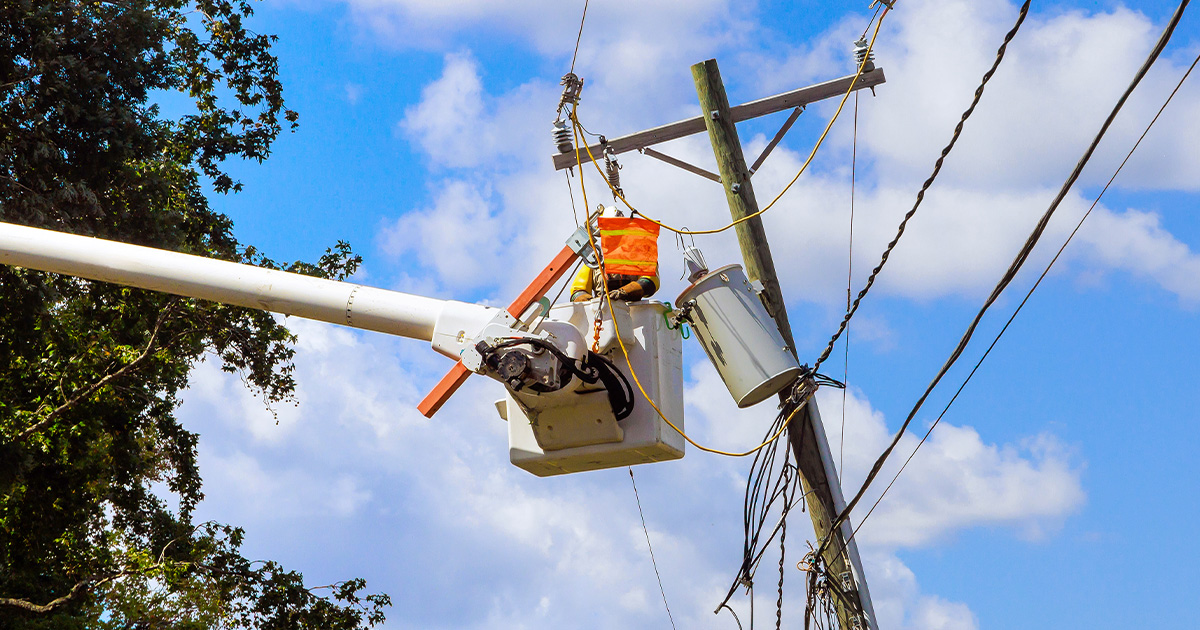
Polychlorinated biphenyls (PCBs) are synthetic chemicals that were widely used in electrical transformers for their stability and insulating properties. However, PCBs are toxic, carcinogenic, and highly persistent in the environment. By the late 1970s, the U.S. Environmental Protection Agency (EPA) banned the manufacture of PCBs, but many older transformers still in service or awaiting decommissioning contain these substances.
Utilities are responsible for ensuring that PCB-containing transformers are managed safely. Leaks or spills involving PCBs require immediate cleanup and reporting, and liability for improper handling can be substantial.
To address these risks, PCB transformer containment solutions are engineered specifically to capture spills and leaks from equipment containing these hazardous chemicals. These products are designed with reinforced materials capable of resisting PCB oil seepage and are often paired with sorbent materials that help immobilize hazardous fluids.
When decommissioning a decades-old transformer at an industrial site, utilities can deploy PCB containment bags to secure the equipment until it is properly drained, transported, and disposed of at an approved facility.
Key benefits include:
While PCB-specific containment systems are critical, utility transformer containment bags play a vital role in everyday management of older equipment. These bags act as a protective shield during maintenance or inspection, allowing crews to service transformers without exposing the environment to risk.
The advantages for utility crews include:
By incorporating containment systems into their PCB management strategies, utilities show commitment to environmental responsibility while ensuring continued reliability of their electrical networks.
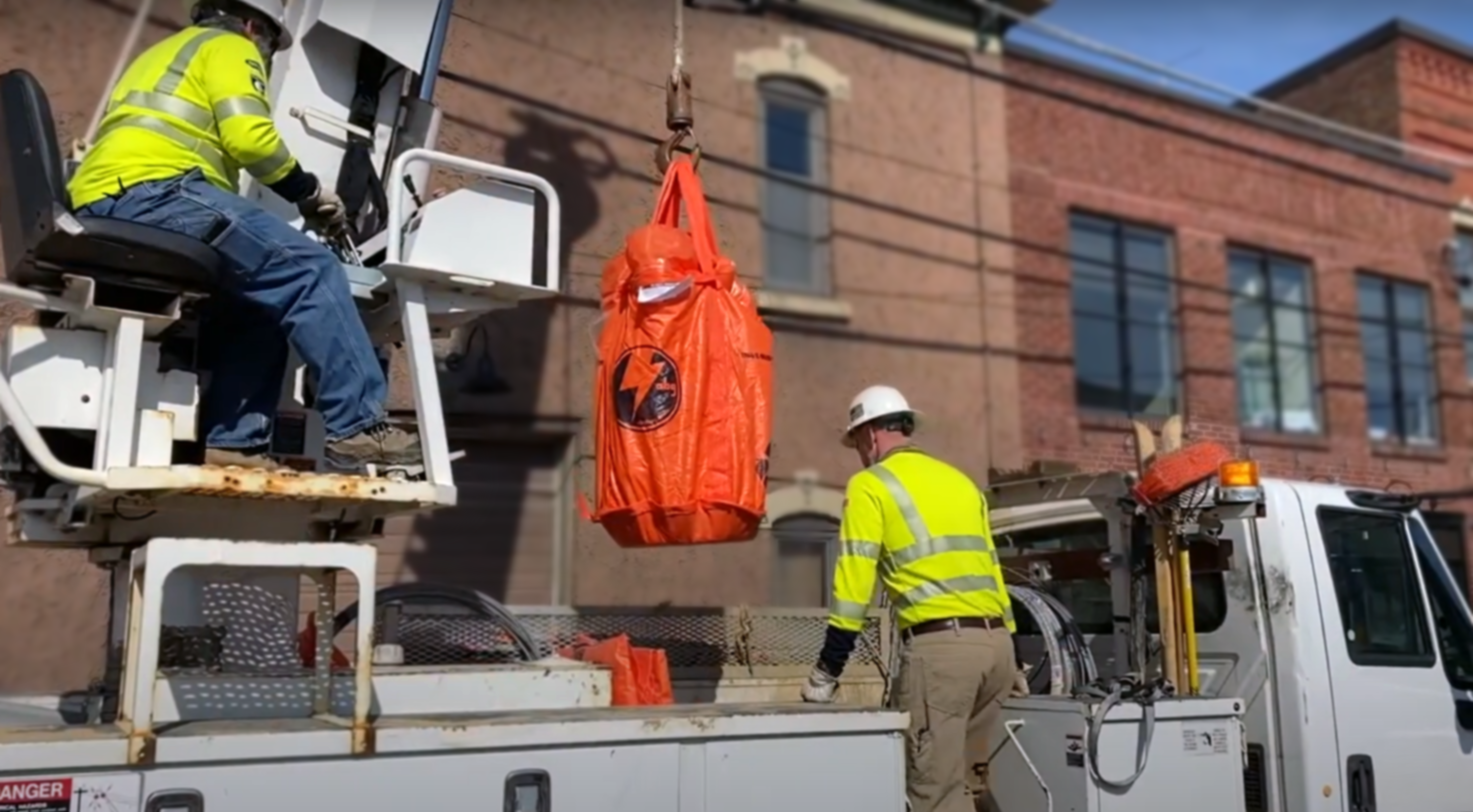
Whether dealing with DOT compliance or PCB management, best practices help utilities get the most value and protection from their containment systems.
Each transformer has unique characteristics, including oil capacity, location, and surrounding environment. A proper site assessment allows utilities to select the right containment system for maximum effectiveness.
No single product is enough on its own. The most effective strategy combines transformer spill control bags with transformer oil spill kits, ensuring coverage for both routine leaks and unexpected emergencies.
Workers must know how to install, inspect, and maintain containment systems correctly. Ongoing training ensures consistent performance across field crews.
Containment bags and spill kits wear out over time. Regular inspections and timely replacement prevent failures during critical moments.
Environmental compliance standards evolve. By adopting DOT-compliant containment bags and PCB-specific solutions, utilities future-proof their operations against new rules and stricter enforcement.
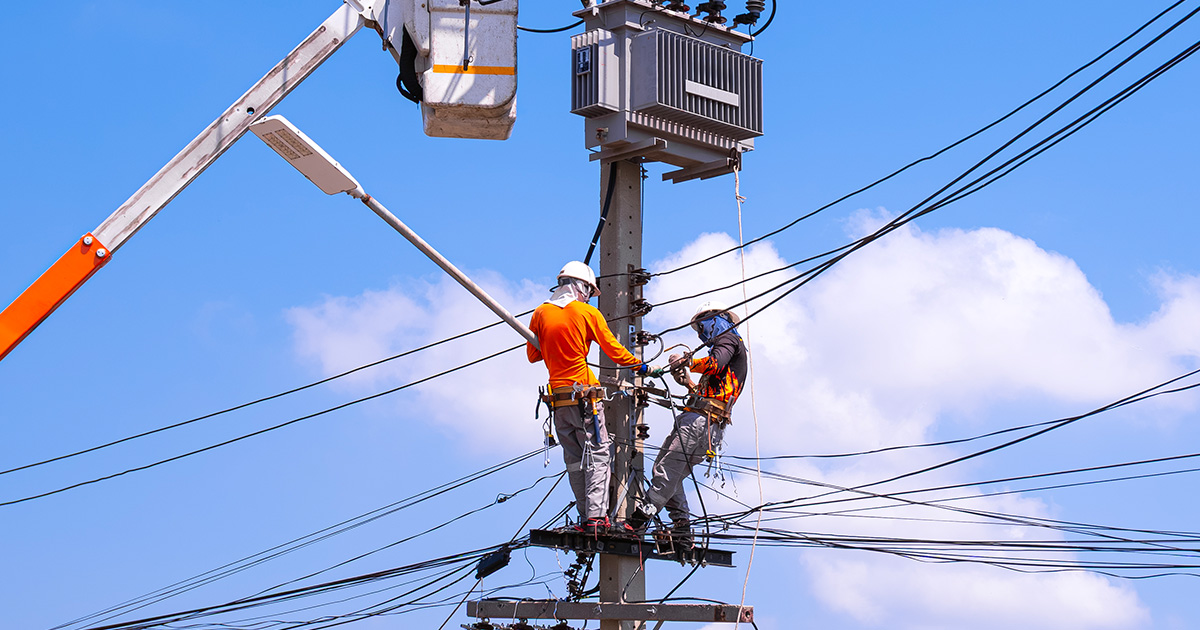
Deploying proper spill containment solutions for transformers is about more than avoiding penalties—it demonstrates a commitment to environmental stewardship and operational excellence. Utilities that invest in containment reap several long-term benefits:
Communities trust utilities that prioritize safety and environmental protection. By visibly using containment products, companies show that they value both regulatory compliance and public well-being.
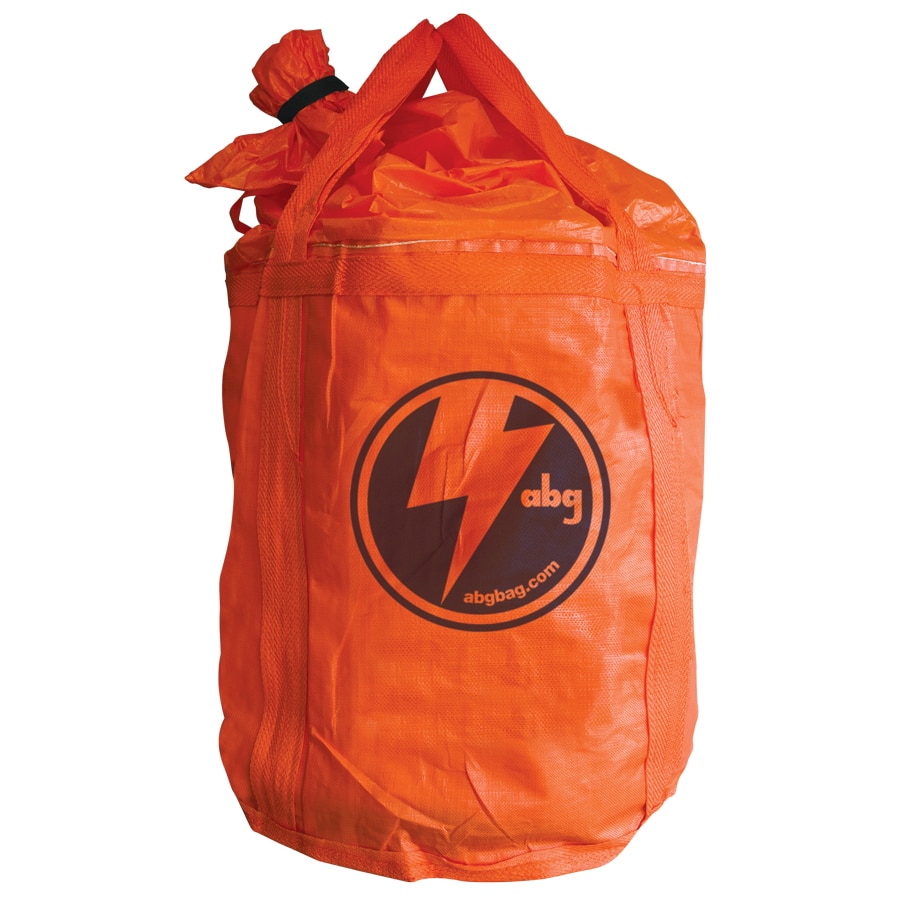
Whether you are transporting equipment across state lines or managing legacy transformers that may contain PCBs, ABGBAG offers solutions that meet the highest standards.
From transformer spill control bags to DOT-compliant transformer containment bags and PCB transformer containment solutions, our products are designed to keep utilities compliant, efficient, and environmentally responsible.
For inquiries about our products, order status, or any other information related to ABG, send us a message, and we will respond soon.
Sales & Customer Care
Product Questions
Adding {{itemName}} to cart
Added {{itemName}} to cart